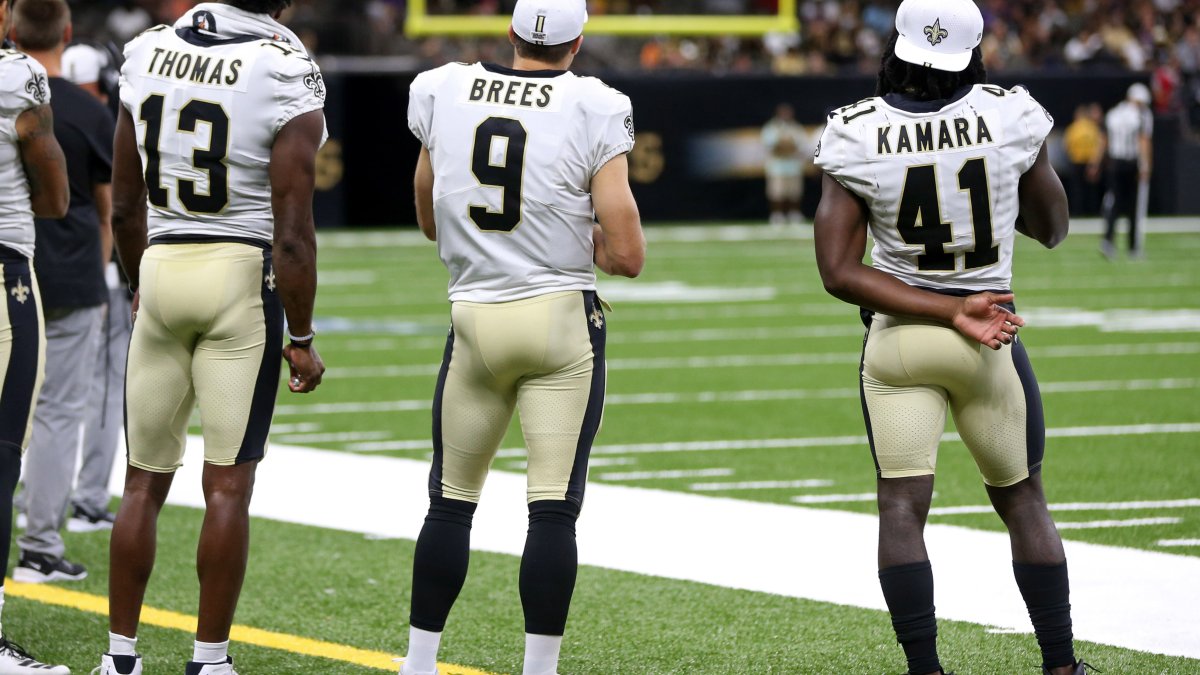This analysis of DFS slate stacks is a variation of the methodology used in analyses on the single-game DraftKings showdown slates. It uses the combination of current projections, historical game results and similarity algorithms to simulate an upcoming game by looking back at the most similar historical matchups. In this analysis, I’m taking the same outline and applying it instead to the DFS slate by projecting the likelihood each team’s QB-WR, RB-DST, QB-WR-TE, QB-RB-WR stacks will be the highest scoring of the slate. These are some of the most popular stack combinations employed in DFS strategy.
British statistician George E.P. Box once said, “All models are wrong, but some are useful,” and that’s the mindframe you should bring to this analysis. The numbers below are not “right” in the traditional sense of maximizing accuracy, which would only mimic the recommendations you’ll find throughout the DFS toutersphere. The numbers below are harnessing the unexpected connections and reactions between players that have actually happened over the past several years, and thereby points to under/overvalued stacks that won’t be identified through traditional projections and logical deduction.
The information below is entirely in the form of plots and tables. If you’d like additional information and analysis on the same methodology broken out by position, please refer to the positional piece that also comes out every week.
METHODOLOGY
For each game on the DFS Wild Card slate, I looked through thousands of NFL matchups from 2012-2018 and found the closest analogies according to the following parameters: Betting spread, over/under, average fantasy points scoring for the top-ranked positional players of both rosters (QB1, RB1, WR1, TE1).
Once I find the 75 most similar matchups for each upcoming game, I then simulate the slate 10K times by randomly choosing one of the 75 matchups for each game and then find the highest scoring QB-WR, RB-DST, QB-WR-TE and QB-RB-WR stacks on the entire simulated slate.
Every match of historical and current games is not perfect, but by matching 75 different matchups to each game and simulating 10K times we can smooth out the bumps and get a strong picture of how a slate of similar games would have played out.
The last step is totaling up the number of times a particular team shows up as the top stacks for each of the three stacks projected, and then divide that number by the total simulations. That number is what I call “Highest scoring %” on the y-axis of the plots below labeled by team logo. Below the plots by team, I join the highest projected players that make up the stacks for that team and list their projected fantasy points and salaries for DraftKings and FanDuel.



 © 2024 PFF - all rights reserved.
© 2024 PFF - all rights reserved.